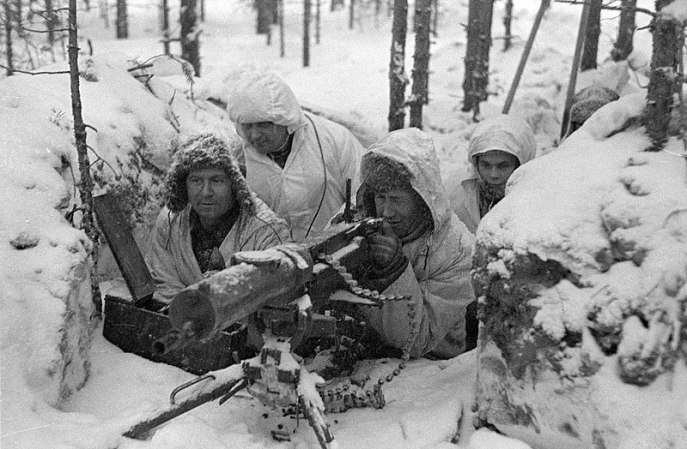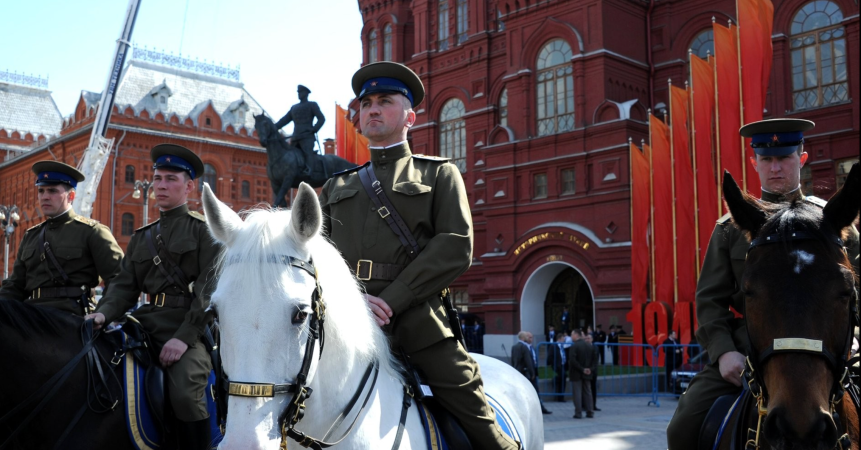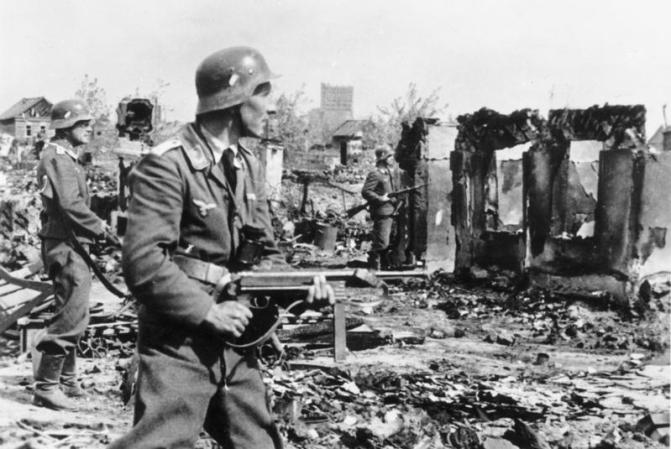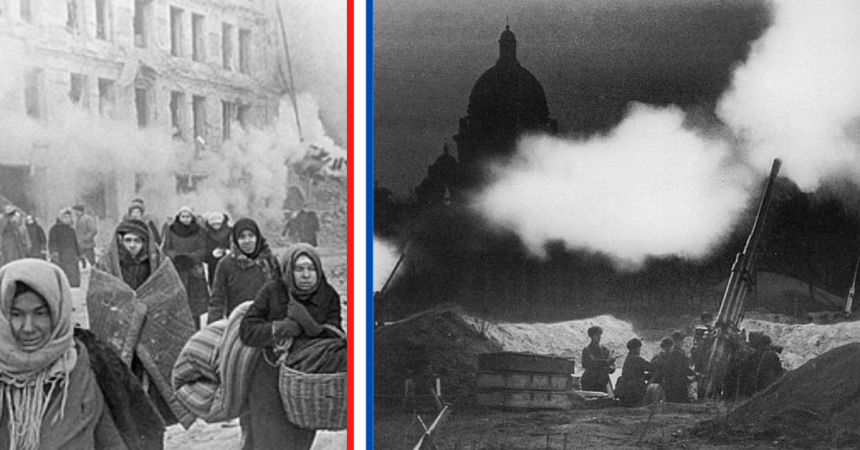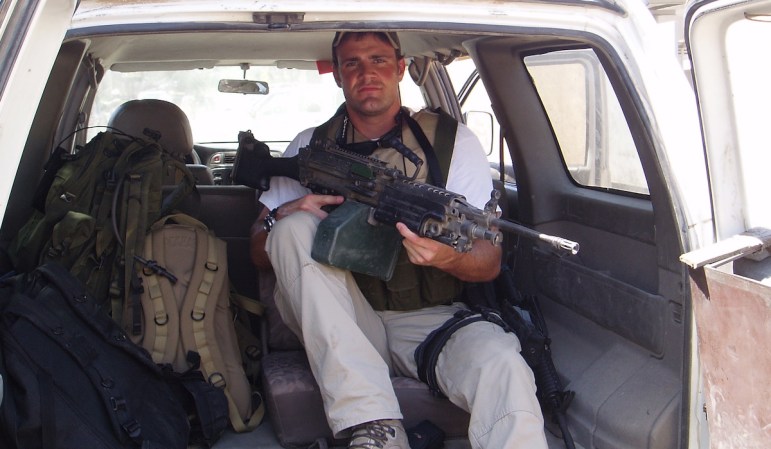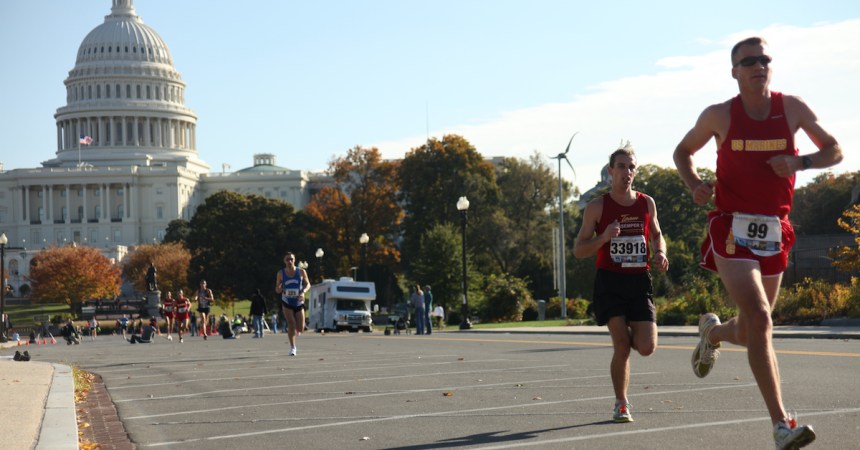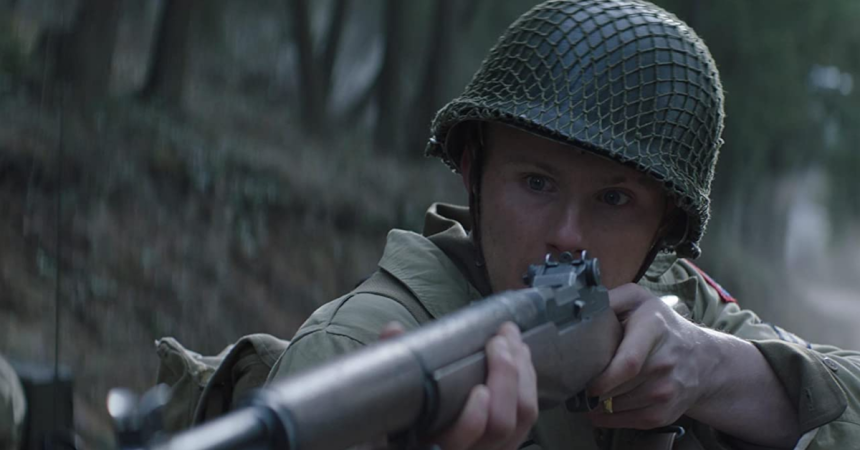The Battle of Stalingrad is widely considered the turning point for the Soviets on World War II’s Eastern Front, and maybe the entire war. From the rubble of Stalingrad came hundreds of small stories each more difficult to believe – yet, still true.
Related: This building in Stalingrad became the Russian version of The Alamo in World War II
Another eerie, true story to come from the fighting there was the music the Red Army played as propaganda as the two sides fought over the now-infamous city.
In “Stalingrad: The Fateful Siege 1942-1943,” Antony Beevor describes how the NKVD, the Soviet secret police and forerunner to the KGB, set up loudspeakers throughout the city. For weeks, the Soviets played a tango they believed conveyed a sinister mood: “The Tango of Death”
Interspersed with the music was the sounds of a ticking clock and messages in German about how hopeless their position in the city really was or that a German soldier died every seven seconds.
These musical programs were also driven around on vans throughout the city streets. They began with quotes like “Stalingrad, mass grave of Hitler’s army!” then go into the music, clock, and demoralizing quotes. Often times, the ends would be punctuated by the firing of Katyusha rockets at Nazi positions.

The propaganda effect may not have worked the way it was supposed to, but the constant bombardment of audio sure did. The Nazis became increasingly exhausted in “Counting Sheep, the Science and Pleasures of Sleep and Dreams,” Paul Martin quotes German soldiers at Stalingrad, who suffered from extreme exhaustion waiting for the Soviet broadcasts to end.
Doing the math, if a song is roughly four minutes, it will play 15 times in an hour, 360 times in a day, 2,520 times in a week – or 58,680 during the 163-day Battle of Stalingrad. Beevor also notes that the Red Army’s favorite song to play for the visiting Germans was “Zemlyanka” by Aleksey Surkov.
Just in case the Germans found “Tango de la Muerte” more than a little upbeat, that is.






